Week In Review: Ukraine Peace Talks, Realities, And More...
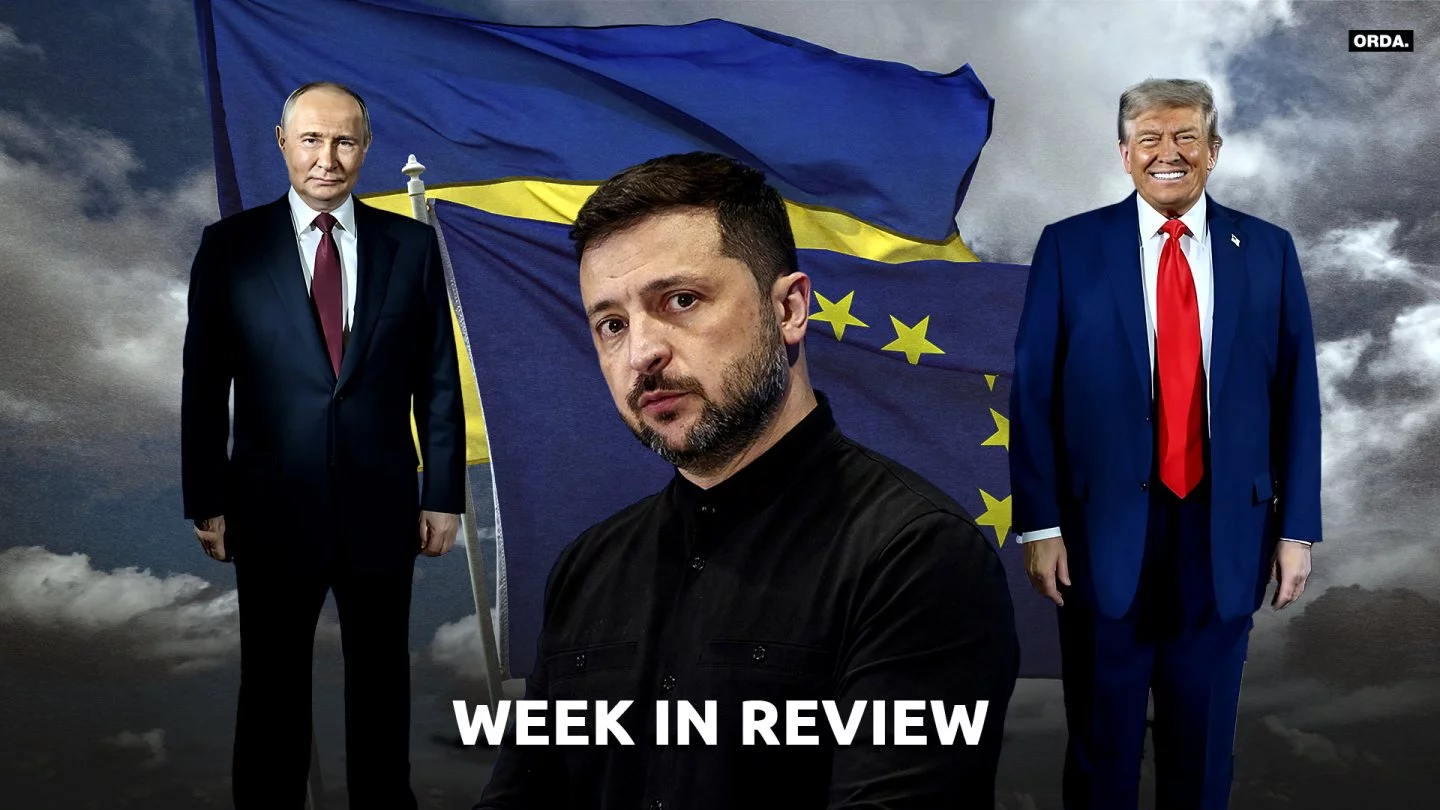 Photo: Orda
Photo: Orda
Orda has put together a brief synopsis of last week's news. This edition focuses on Ukraine.
Hear Me Out
On August 6, 2025, during a meeting with U.S. special envoy Steve Witkoff, Russian President Vladimir Putin set out Moscow’s conditions for ending the war in Ukraine. According to reports, these included a full cessation of hostilities in exchange for recognition of Russian control over Luhansk, Donetsk, and Crimea.
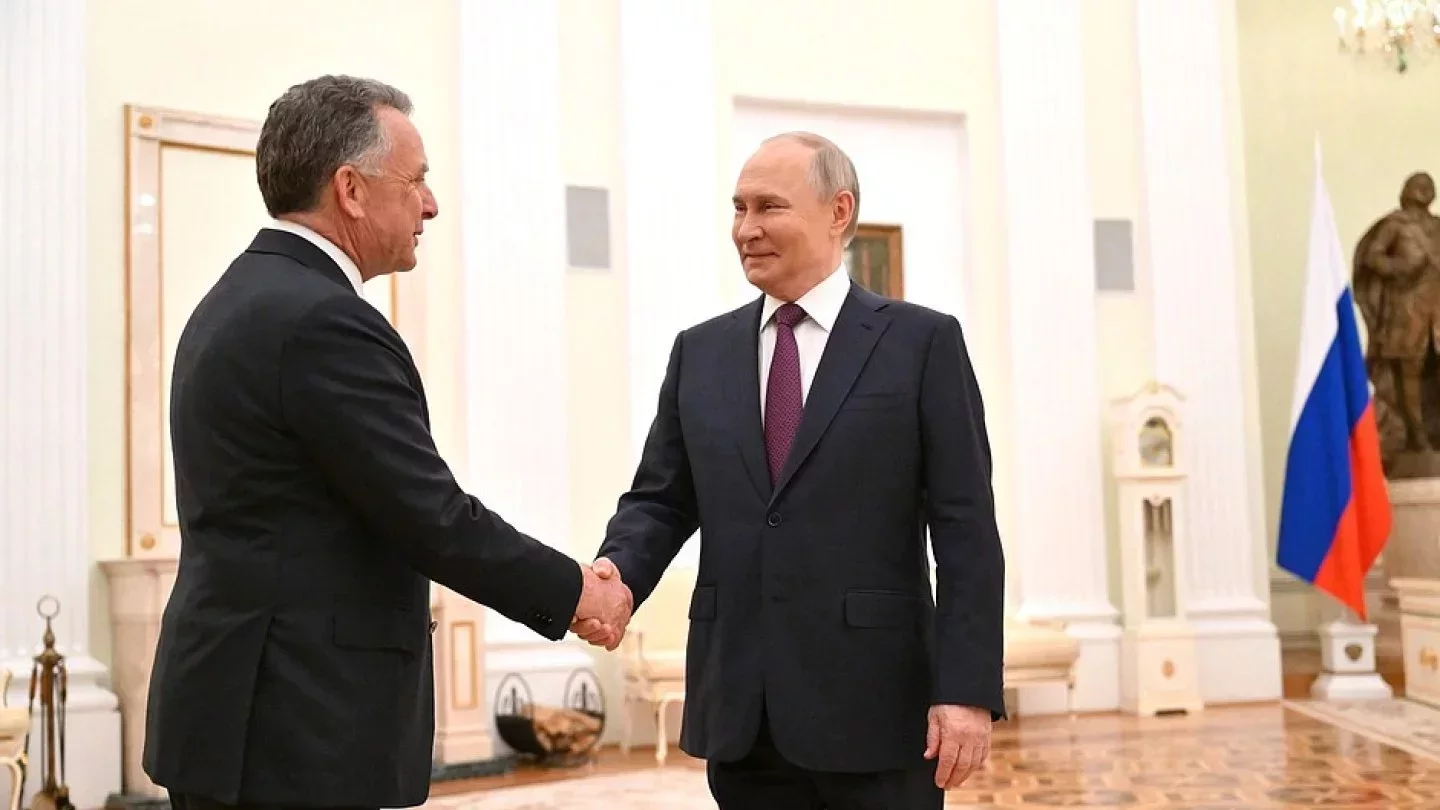
Two days later, on August 8, Axios reported that senior officials from Ukraine, the United States, and Europe planned to meet in the United Kingdom ahead of U.S. President Donald Trump’s August 15 meeting with Putin in Alaska.
The Kremlin confirmed that Trump and Putin would meet on August 15, 2025, at Joint Base Elmendorf–Richardson in Anchorage, Alaska. Russian presidential aide Yuri Ushakov said Alaska was chosen due to its proximity to Russia and shared Arctic economic interests.
The meeting will mark Putin’s first visit to the United States since attending the UN General Assembly in 2015, and the first visit by a Russian president to Alaska.
On August 9, European leaders and Ukrainian President Volodymyr Zelenskyy met U.S. representatives in the U.K. to present a joint peace plan rejecting Russia’s earlier proposal for Kyiv to relinquish Donbas in exchange for a ceasefire.
The plan called for a ceasefire before further steps, territory swaps only on equal terms, and security guarantees for Ukraine, including potential NATO membership if concessions were made. Conditions that have been known for quite some time now.
French President Emmanuel Macron, speaking on August 10, emphasized that Ukraine’s future could not be decided without its people and reaffirmed Europe’s commitment to supporting Kyiv.
A Softened Position?
On August 12, The Telegraph reported that Zelenskyy had softened his position on territorial concessions, indicating willingness to allow Russia to keep territory it currently occupies but rejecting the idea of ceding more land.
The proposed arrangement could freeze the conflict along current front lines, recognizing Russian control over parts of Donetsk, Luhansk, Zaporizhzhia, Kherson, and possibly Crimea
On August 13, Zelenskyy denied The Telegraph’s claims, stating he had no intention of surrendering Ukrainian territory and stressing that any decisions on land must be tied to security guarantees for Ukraine. Zelenskyy had also warned of Russian troop redeployments that suggested preparations for new offensives.
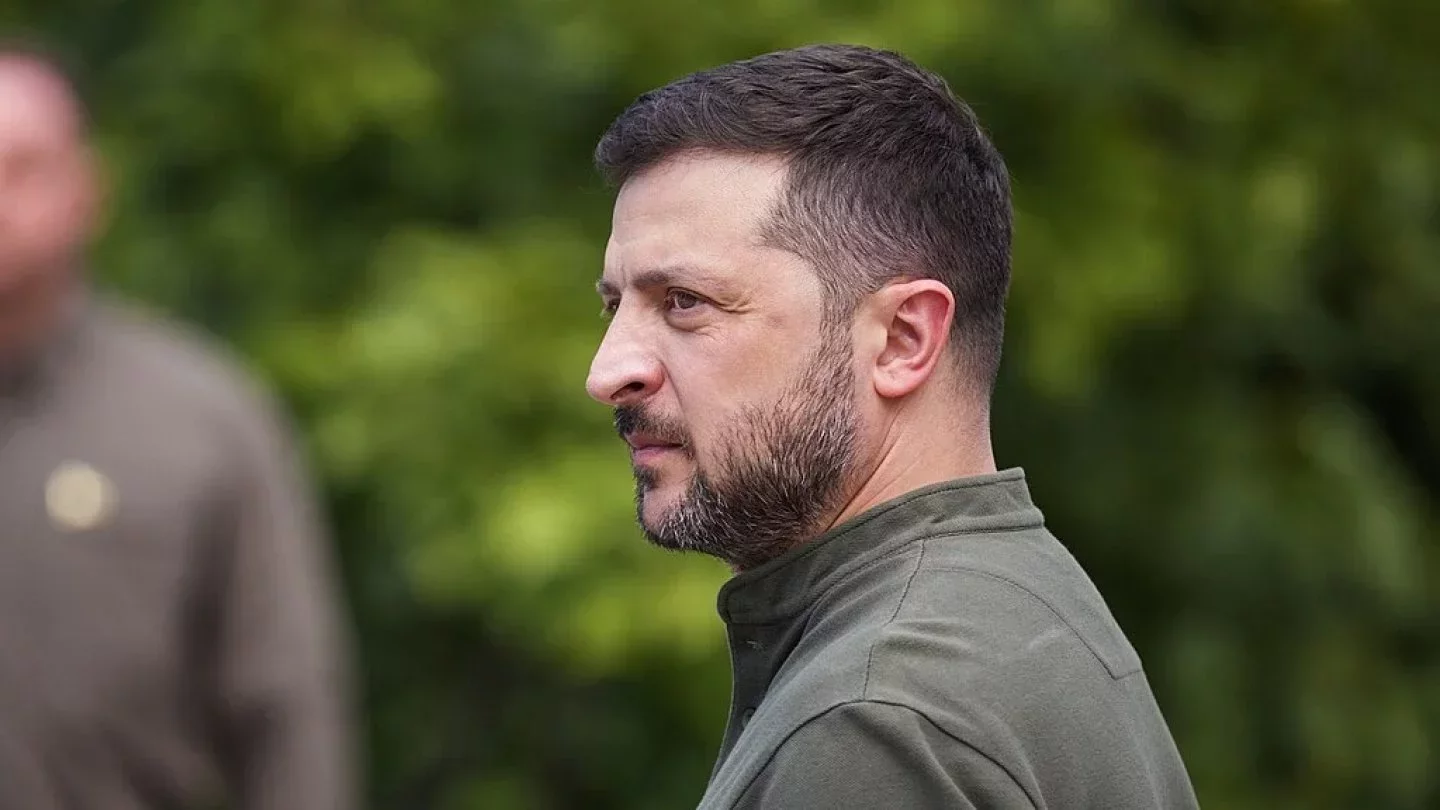
European leaders, Zelenskyy, and Trump agreed on five core principles for achieving peace:
- Ukraine must participate in any future talks with Putin
- A ceasefire must be the first step before negotiations begin
- Recognition of Russia‑occupied territories is off the table
- Ukraine’s armed forces must be able to defend the country’s sovereignty with Europe’s support
A broader negotiation framework should be part of a “transatlantic strategy based on supporting Ukraine and applying pressure on Russia”
Desperate Times
Media outlets, including The Telegraph, claimed that Trump intended to offer Putin a package of proposals in exchange for ending the war. These may include access to rare earth deposits in Russian-occupied Ukrainian territories, economic agreements involving oil and gas extraction in Alaska, and the lifting of sanctions on Russia’s aviation industry.
Incidentally, Putin said the United States is making “energetic and sincere” efforts to end the conflict and has expressed hope that the summit could pave the way for agreements on strategic offensive arms control.
A F(ailed)ragile Outcome
After months of repeated attempts made by the Trump administration, the outcome on August 15 was relatively predictable. Trump's offer to give access to rare metals — ostensibly via the U.S.'s mineral deal with Ukraine — was an unattractive proposition; Russia occupies the territories containing most of these deposits.
Moreover, the U.S. president had no authority to make such an offer.
In parallel, Tatiana Stanovaya, founder of R.Politik and senior fellow at the Carnegie Russia Eurasia Center, notes that Putin appears ready to end the war, but strictly on his terms.
Expectations that the Kremlin will scale back its maximalist goals, particularly given Trump's subsequent removal of Putin from isolation, should already be exhausted. Why Trump failed to grasp his Russian counterpart's intransigence after multiple phone calls and strikes on Ukraine is unclear, though it underscores the American president's preference for "showmanship" over substance.
Even more alarming should be the White House's treatment of Putin, standing in stark contrast with the verbal altercation that unfolded between Zelenskyy and Trump in April. Trump also shifted responsibility to Zelenskyy, emphasizing that the Ukrainian president must seal the deal.
While holding the talks at an Alaskan military base projected an image of strength, Putin seemed mostly unfazed.
Prior to the meeting, reports emerged that Russia was prepping for a fresh test of its nuclear-powered intercontinental cruise missile, known as the Burevestnik, a move perceivable as posturing despite its poor track record and the fact that the test had been scheduled long before.
Western experts question its strategic value, somewhat diminishing the power play.
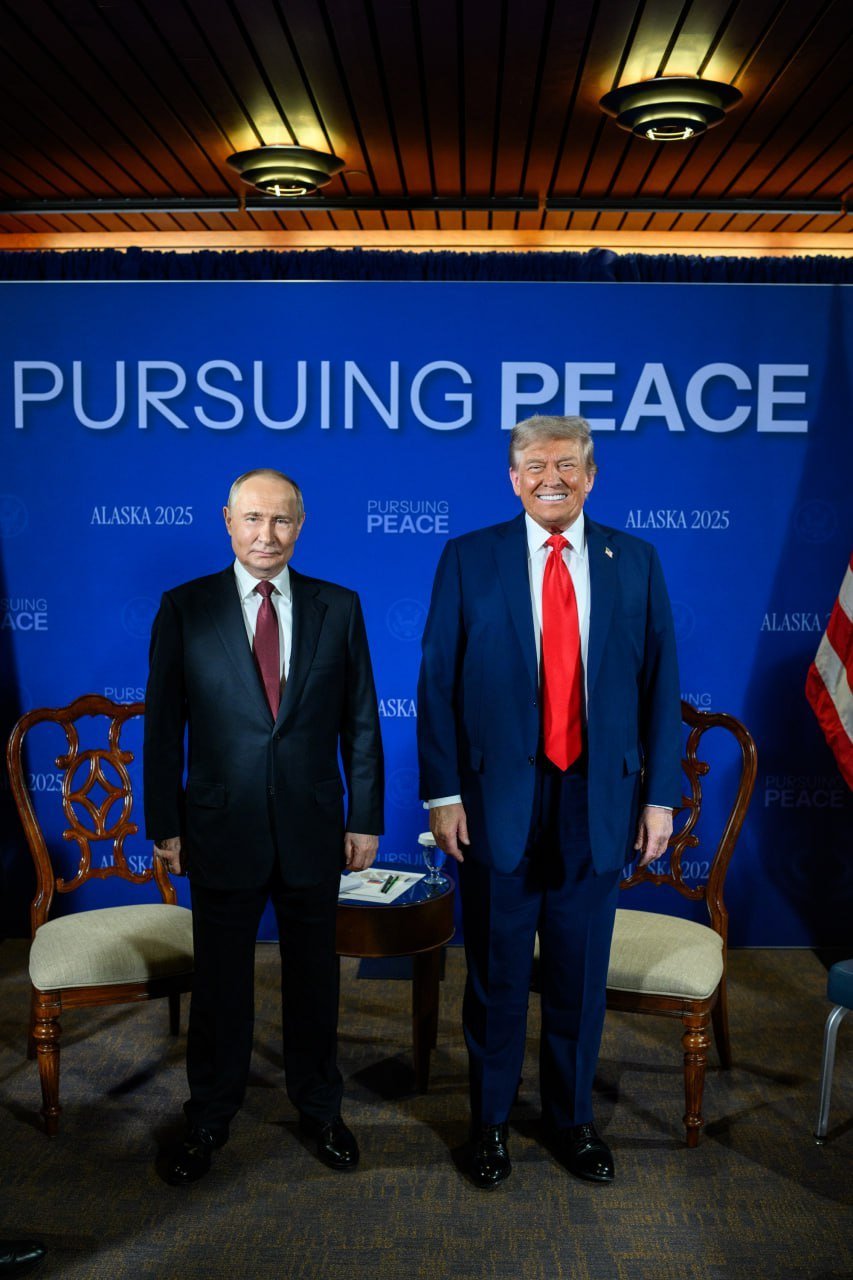
Economic leverage remains one of the few tools available to pressure Moscow, but it is unclear how far Washington is willing to go, given its apparent priority of drawing Russia away from China, efforts that have thus far yielded few results.
Indeed, Trump has been reluctant to impose further sanctions, and his tariff threats against China have been inconsistent and delayed. Trump himself pointed out that he was not considering either, for now.
Trump's tariffs are also unlikely to sway New Delhi, as the origins of oil purchases can be obscured. For its part, India might ultimately be disinclined to enforce restrictions beyond bureaucracy; Putin's meeting with Indian National Security Advisor Ajit Doval in Moscow and his call with Indian Prime Minister Narendra Modi following the tariff threats reinforce this.
Even if India reduced imports, China could easily absorb the surplus, or it could flow elsewhere.
Indian companies exporting goods to the U.S. could also circumvent restrictions through intermediaries, as economist Dmitry Nekrasov has pointed out. China dismissed Trump’s initial threats over its purchases of Russian energy, which were followed by a “90-day extension” that weakened Washington’s position — all while Russia offered discounts.
Both China and India have been the leaders in purchasing Russian oil since the onset of Moscow's war against Ukraine.
Against that backdrop, concerning news about a Russian breakthrough emerged.
Although Ukrainian officials later reported stabilization, Michael Kofman, senior fellow at the Carnegie Endowment and military analyst, observed that the advance near Dobropillia exemplifies broader structural weaknesses— porous defensive lines and undermanned units — that can turn slow erosion into sudden breaches.
Although Ukraine has consistently demonstrated the ability to strike key Russian infrastructure, the frontline remains a critical variable in shaping the war.
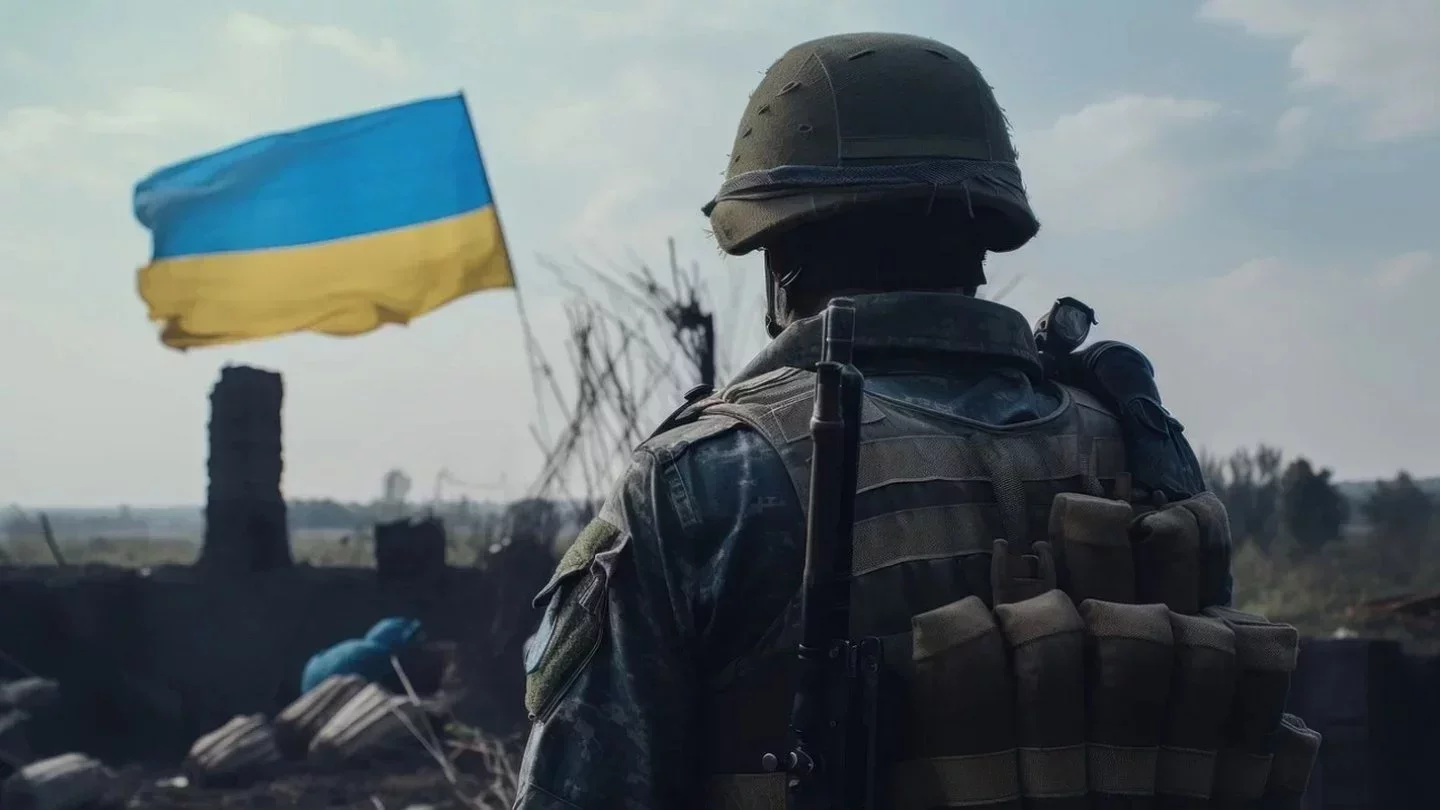
Regarding a potential peace framework, Zelenskyy, unlike his Russian counterpart, must navigate Ukrainian society's demands.
His reversal of an unpopular law curtailing anti-corruption agencies' independence illustrates the weight of public opinion. As it stands, part of Ukrainian society has shown a willingness to compromise on 'de facto' recognition of Russian occupation for peace.
Still, the majority staunchly oppose de jure concessions, and Zelenskyy has rejected territory swaps for peace, once again urging for a ceasefire to come first.
If a peace framework is finally brokered, it may prove no more durable than previous agreements, including Minsk I and Minsk II, especially with U.S. military aid once again in question. A NATO-style security guarantee for Ukraine has been reportedly floated. Putin may accept it with conditions for Kyiv and the West; failure to meet them would grant Moscow reason to attack again, though.
Meanwhile, according to the Financial Times, EU countries have tripled the pace of military production since 2022, with satellite images showing major expansions of arms and ammunition factories as part of a historic rearmament effort. Finance efforts are also underway to secure arms shipments for Ukraine.
At the same time, Europe may prioritize its defense needs; European defense production is also commercially driven, fragmented, and entrenched in national systems.
Efforts are underway to remedy the situation, but a long road lies ahead. Political will, therefore, remains crucial; Europe, albeit consistently apprehensive, is stepping up, while the U.S. seems to be looking for an end, or rather an exit.
What emerges from Monday’s meeting between Trump, Zelenskyy, EU leaders, and NATO Secretary-General Mark Rutte must produce concrete answers — if they do materialize, they may not be the ones Ukraine needs, leaving Kyiv under pressure to accept partial concessions, but not those demanded by Moscow.
Latest news
- Mother Questions Official Account of National Guard Conscript’s Death in Oral
- KazTransOil to Boost Oil Supplies to Kyrgyzstan, Resume Transit to Uzbekistan
- Russian Teen Who Fled to Kazakhstan to Escape War Faces Deportation
- Lawyer Comments on Gulnara Bazhkenova's House Arrest Conditions, Appeals to International Organizations
- Kazakhstan Marks Independence Day, Remembering the Tragic December Events of 1986
- Kremlin Spokesperson Says Ukraine’s Non-NATO Status Is Central to Peace Talks
- Kcell Receives Certification for Information Security
- Uzbekistan Aims to Halt Gas Production Decline by 2026 With New Fields
- Kyrgyzstan: Culture Ministry Denies Reports of Ban on Valery Meladze Concert
- Kazakh Ophthalmologist Wins International Honors at Hong Kong ICT Awards 2025
- Kazakhstan: Construction Industry Urges for Return to Previous Time Zone
- KTZ Spends 79 Million Tenge on New Workwear After Complaints From Mangystau Employees
- Armenian Defense Minister Says Situation Calm Along Border With Azerbaijan
- Zelenskyy Signals Ukraine Could Forego NATO Membership in Exchange for Security Guarantees
- Kazakhstan Says Damage From Drone Attack on CPC Facility Still Being Assessed
- Kazakhstan May Build Planned Thermal Power Plants Independently Amid Delays in Russian Financing
- Expert Warns Sale of Transtelecom Stake Overlooks Kazakhstan’s National Security Risks
- Kazakhstan Says Alternative Oil Export Routes Are Available Amid CPC Infrastructure Issues
- Former Foreign Ministry Spokesman Aibek Smadiyarov Appointed Head of Domestic Policy Department
- Kadyrov Says He Is Ready to Run Again as Chechnya’s Head in 2026

